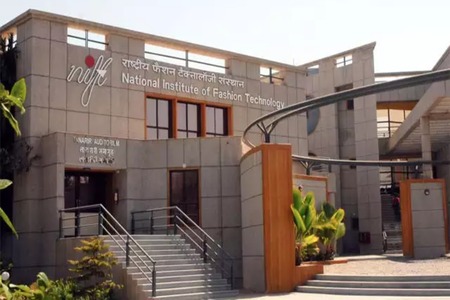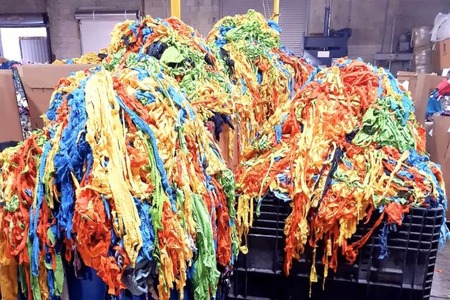
NIFT students pioneer innovative fabric technology
YarnsandFibers News Bureau 2024-01-03 17:12:49 – IndiaStudents at National Institute of Fashion Technology, Gandhinagar have creatively applied thermochromatic and photochromic fabric principles to various products, ranging from swaddling clothes to military gear and children's games. These fabrics exhibit dynamic color changes in response to temperature and light variations, providing intuitive visual cues for users. Notably, the students have designed an interactive educational game that leverages these textiles, fostering engaging learning experiences to enhance children's cognitive skills.
The application of these dynamic fabrics extends to curtains, featuring three distinct daytime colors for improved shading and a radiant glow after dark. Faculty members at NIFT Gandhinagar are working towards integrating these innovative fabric features into mainstream production processes.
The team's inventive approach includes prints that darken when exposed to the heat emitted by electronic devices like phones or laptops. Military camouflage designed by the students adapts its colors based on temperature variations, appearing green in temperate zones and transitioning to desert yellow in hotter conditions to seamlessly blend with surroundings.
An official from the faculty highlighted their breakthrough by revealing the development of curtains utilizing pigments with both photochromic and glow-in-the-dark properties. These curtains dynamically shift hues during the day, providing increased shade by transitioning from white to deep yellow as temperatures rise. Furthermore, they emit a luminous glow at night due to absorbed heat, visible through radium prints.
While thermochromatic and photochromic fabrics have found fashionable applications in industries, such as heat-reactive tees in streetwear, the introduction of this technology for childrenswear marks an innovative and pioneering advancement in India.
Market Intelligence
Ask for free sample Report

experience
Customer Base
dedicated team
Countries Served Worldwide









